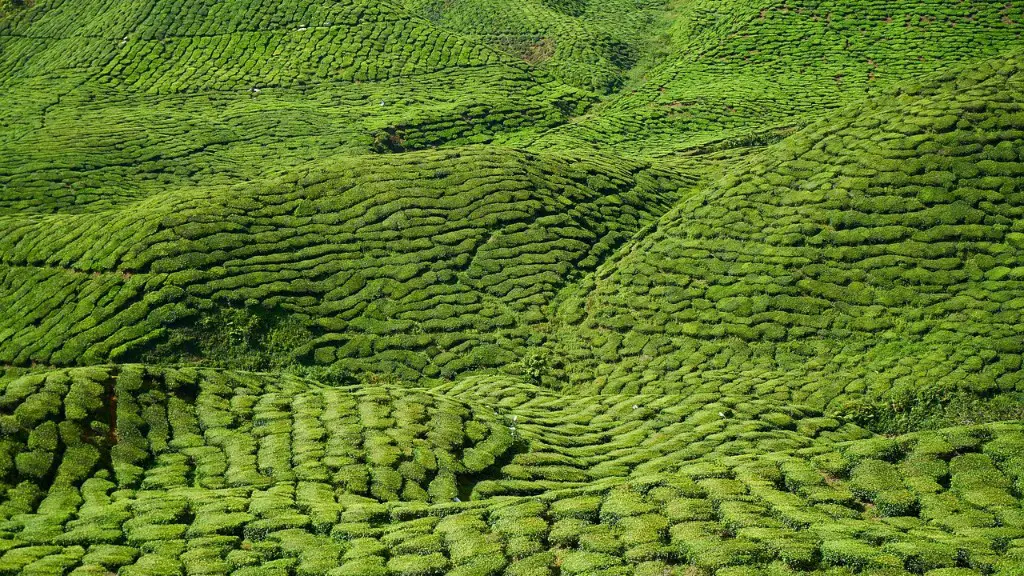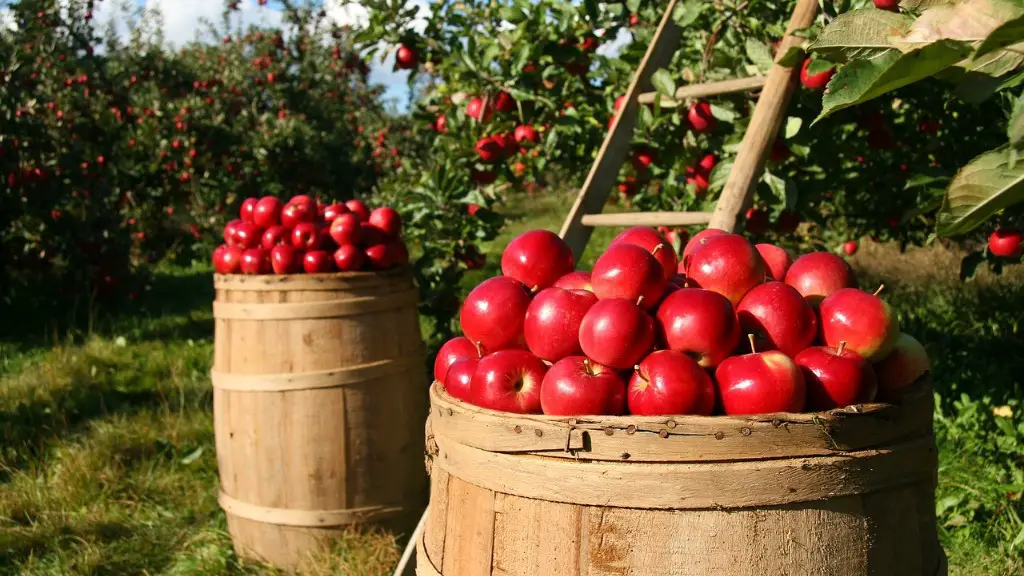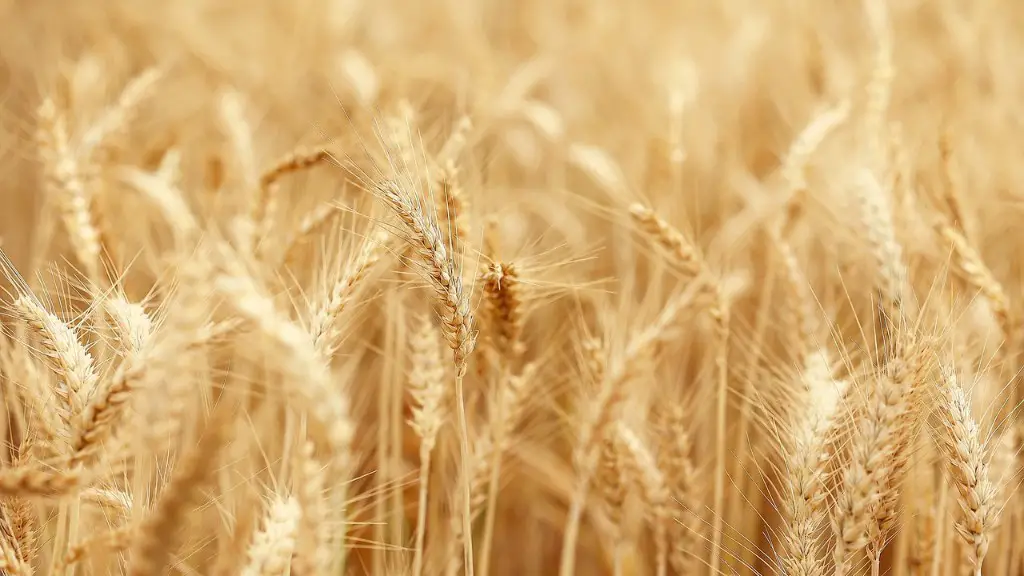Agricultural efficiency is an important concept used in crop and livestock production systems. It measures how effectively inputs, like labor and fertilizer, are converted into outputs, such as grain and meat. Technical efficiency identifies the processes and practices that are the most effective in producing results. It can also be used to compare the productivity of different farms and countries. Here we explain what technical efficiency in agriculture is, and why it matters.
Technical efficiency in agriculture is the use of inputs in the most effective way possible. This means making decisions about the use of inputs that leverage the most productive or highest yield output for a given production system. By opting for the most efficient use of inputs, farmers can reduce costs and increase output. This can improve the profitability of farms and create a competitive advantage in the market.
The most common measure of technical efficiency in agriculture is crop or livestock yield. Yield is the amount of output – for example, the number of bushels of wheat or kilograms of beef – that can be produced with a certain set of inputs. The higher the rate of production, the higher the yield and the more efficient the use of inputs.
In order to assess technical efficiency, it is crucial to take into account the complexity of crop and livestock production systems. Different production systems use varied inputs including land, labor, seed, fertilizer, and water. Every production system has its own yield potential, so it is only by comparing the actual output with the potential output that you can get a true measure of technical efficiency.
The most accurate measure of technical efficiency includes not only yield, but also crop or livestock quality. Quality refers to the characteristics of crops and livestock that add value for buyers. Quality is becoming increasingly important, as producers aim to satisfy changing consumer demands. Quality measures include things like grain size and grade and marbling in beef.
Technical efficiency also assesses environmental sustainability, which is increasingly essential for farmers. This includes measuring not only the impacts on land, water and air, but also the resilience of production systems to the effects of climate change. By reducing inputs and better utilizing the resources available, farmers can protect the environment while ensuring reliable production.
Importance of Technical Efficiency
Technical efficiency is a key concept used in agricultural production. It is used to assess the effectiveness of a given set of inputs in achieving a desired output. By optimizing inputs, farmers can improve farm efficiency, ensuring that they are using their resources in the most effective and efficient way to operate their farms profitability.
Improving technical efficiency also enables farmers to produce larger volumes of crops and livestock at a lower cost. This can lead to increased market share and a larger customer base, while remaining compliant with environmental regulations. Overall, technical efficiency helps farmers to increase yields and improve the quality of their produce.
Furthermore, technical efficiency can be used to compare production systems across different countries, allowing for benchmarking and improvement. This can also empower farmers to create new and innovative processes and technologies, driving innovative production and ensuring sustainable food production.
Technical efficiency also has the potential to improve food security, providing more food options for local and international markets. By helping farmers produce higher yields and produce, technical efficiency can help satisfy global demand and reduce price volatility in food markets.
Tools for Measuring Technical Efficiency
To measure technical efficiency, there are a number of specialist tools available. These include linear programming models, Cobb-Douglas production models and data envelopment analysis. These tools enable evaluators to quantify technical efficiency, while also allowing for the comparison of different production systems.
For example, Cobb-Douglas production models use multiple inputs and outputs to quantify the effects of production, while linear programming models use algorithms to identify the most efficient means of achieving a desired output. Data envelopment analysis is a mathematical tool for measuring the relative performance of different production systems.
Aside from these analysis tools, there is also software available for farmers to use to monitor and evaluate their own production systems. These tools allow farmers to easily monitor their performance, identify areas for improvement and implement strategies to increase technical efficiency.
Benefits of Improved Technical Efficiency
Improving technical efficiency offers a wide range of benefits. In the first instance, it can lead to increased production and higher yields. By reducing inputs, farmers can also lower their cost and improve the profitability of their farms.
Improved technical efficiency also provides environmental benefits. By reducing inputs and increasing crop or livestock yields, farmers can reduce their environmental footprint and help protect natural resources. This can help protect biodiversity and ensure sustainable food production.
Finally, improved efficiency can lead to better food quality, helping farmers meet changing consumer demands. By reducing inputs and increasing yields, farmers can focus on quality, leading to a competitive advantage in the market.
Limitations of Technical Efficiency
Technical efficiency does have some limitations. One important limitation is that it does not measure the sustainability, resilience, or ecological impacts of production systems. These are important considerations when evaluating production systems, but they are not captured in a standard measure of technical efficiency.
Another limitation is that is assumes a static production system. Technical efficiency should be measured over time to capture the changing nature of production systems. This can be done through a dynamic measure of technical efficiency, which can monitor changing inputs and outputs over a period of time.
Finally, technical efficiency is just one factor in farm profitability. It is important to consider other factors such as market access, customer demand, and local regulations when evaluating production systems.




